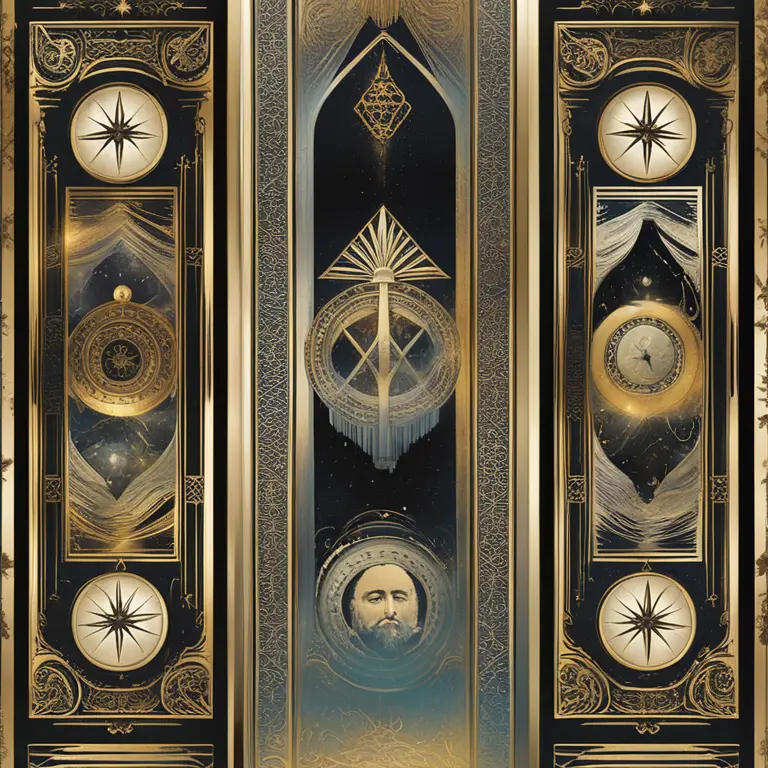
Beginnings of the Tarot Tradition
While tarot cards are commonly associated with fortune-telling and esoteric practice today, their origins trace back to the mid-15th century. Initially, tarot decks, known as "tarocchi" in Italian, were used for playing a group of card games called tarocchini. It wasn't until the 18th century that tarot cards were widely adopted as a means for divination. The original designers of these playing cards are not concretely identified but are believed to be Italian artists who merged medieval iconography with contemporary religious and classical symbols.

Evolution into Mystical Tools
As the popularity of tarot for divination purposes grew, especially following the work of French occultist Jean-Baptiste Alliette in the 18th century, mystically inclined artists began creating their decks with intention and symbolic significance. Alliette, known by his pseudonym 'Etteilla,' was perhaps the first to design a tarot deck specifically for magical purposes, integrating astrological elements and other mystical symbolism relevant to astrological forecasts for 2024 and beyond.

The Iconic Rider-Waite-Smith Deck
In the early 20th century, the tarot underwent another major evolution with the creation of the Rider-Waite-Smith deck. This deck was a collaboration between British occultist Arthur Edward Waite, artist Pamela Colman Smith, and publisher William Rider. Introduced in 1910, it became one of the most enduring and popular tarot decks, setting a standard for modern tarot imagery. Waite directed Smith in creating illustrations that would delve deeper into esoteric wisdom and iconography, each card infused with archetypal imagery and symbolism.

Modern Creations and Trends
Today, the creation of tarot decks has become an artistic and spiritual endeavor for many modern artists and mystics. Contemporary decks often incorporate themes of inclusivity, diversity, and current social issues, while others integrate modern aesthetic trends. Creators draw from various traditions and new age philosophies, sometimes including insights into upcoming astrological transitions like the Saturn-Pluto conjunctions or the age of Aquarius that resonate with spiritual seekers.

Using Tarot for Personal Insight
In modern times, tarot readers emphasize the use of tarot for self-reflection rather than strict fortune-telling. The cards are seen as a tool to unlock insights into the subconscious, facilitate personal growth, and navigate life's challenges. With an understanding of upcoming astrological events, a tarot reading can provide individuals with context for the energies and themes they might encounter in the coming years, serving as a personal guide for the journey ahead.
The Everlasting Appeal of Tarot
The rich visual language and profound symbolism of tarot continue to captivate people the world over. From historical games to mystical tools, tarot cards carry the weight of human experiences across centuries. While the exact origins may remain cloaked in mystery, the current use of tarot taps into a universal longing for understanding and guidance, a tradition that is sure to endure well into the future.
Published: 2/8/2024
Modified: 2/9/2024
More predictions
Come back here soon to learn more about yourself and your future


The Tarot Card Associating with Aquarius
Discover which tarot card embodies the traits of Aquarius, tying in celestial intuition with the wisdom of the tarot.


The Tarot Card Symbolizing Leo
Discover the tarot card that embodies the fiery essence of the zodiac sign Leo, and how it reflects the lion's attributes in readings.